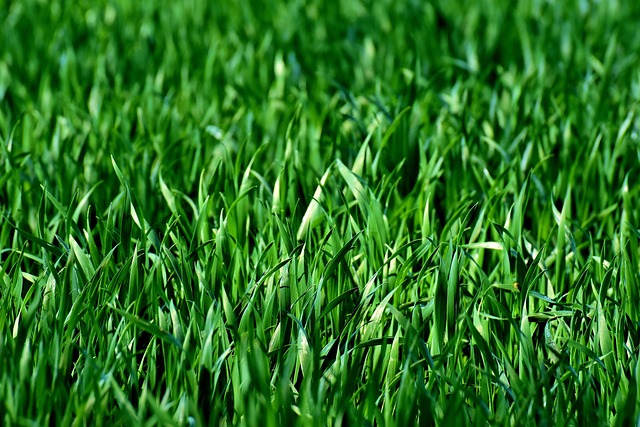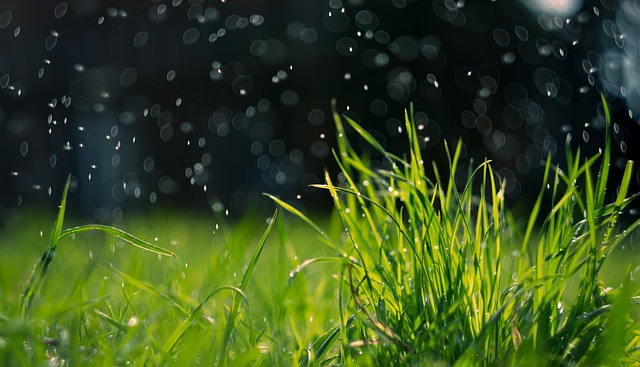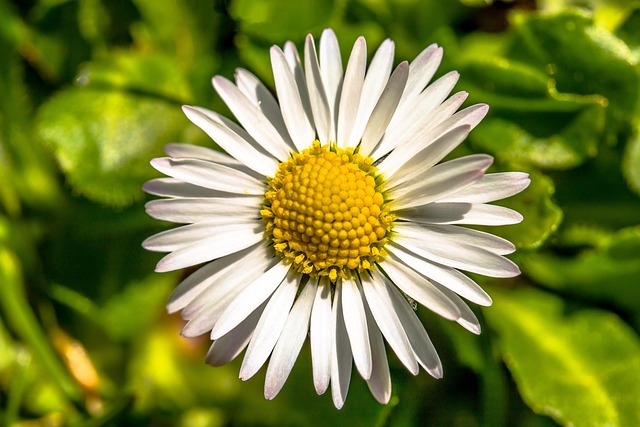Wheat Ridge utilizes strategic herbicide application for right-of-way vegetation management, adhering to local eco-safe lawn care regulations. This method, focusing on precise, targeted use of non-toxic or low-toxicity herbicides, balances effective weed control with environmental preservation, enhancing urban landscapes while ensuring safety and aesthetic appeal.
In Wheat Ridge, proper lawn care goes beyond aesthetics; it’s about responsible stewardship of our environment. This article explores eco-safe lawn solutions, delving into effective alternatives to traditional herbicide use for managing right-of-way vegetation. We’ll uncover the benefits of understanding herbicide application, adopting eco-conscious practices, and implementing successful vegetation management strategies. By embracing these methods, Wheat Ridge residents can enjoy lush lawns while preserving local ecosystems.
- Understanding Herbicide Use in Wheat Ridge
- Eco-Safe Lawn Care Practices Explained
- Effective Vegetation Management Strategies
Understanding Herbicide Use in Wheat Ridge

In Wheat Ridge, herbicide application is a strategic approach to managing right-of-way vegetation, focusing on both aesthetics and safety. The use of eco-safe lawn solutions emphasizes targeted and responsible herbicide applications, minimizing environmental impact while effectively controlling unwanted plants. Local regulations guide these practices, ensuring the safe and efficient management of public spaces.
Herbicides are applied with precision to target specific weed species, avoiding damage to desired vegetation. This method is particularly crucial in heavily trafficked areas like roadsides and medians where quick growth can pose hazards. By understanding the type and severity of vegetation, professionals employ herbicide applications tailored to specific needs, contributing to a healthier, more sustainable landscape for the community.
Eco-Safe Lawn Care Practices Explained

Eco-safe lawn care practices have gained popularity as a more sustainable and environmentally friendly alternative to traditional methods. One key aspect is the responsible use of herbicides, especially in managing right-of-way vegetation like Wheat Ridge residents often encounter. Instead of heavy reliance on toxic chemicals, eco-conscious approaches focus on selective herbicide application, targeting specific weeds while minimizing harm to surrounding grass and wildlife habitats.
This method involves careful consideration of timing, choosing non-toxic or low-toxicity herbicides, and precise application techniques to ensure they reach only the desired areas. By adopting these eco-safe practices, homeowners can maintain lush green lawns while preserving local ecosystems and contributing to a healthier environment in their communities, like Wheat Ridge.
Effective Vegetation Management Strategies

Maintaining a lush and healthy lawn while ensuring ecological safety requires a balanced approach to vegetation management. One effective strategy involves the strategic use of herbicides for right-of-way (ROW) vegetation in Wheat Ridge and similar urban areas. By selectively targeting unwanted plants, herbicides allow for the promotion of grass growth and overall lawn health. This method is particularly beneficial in managing dense, invasive vegetation that can choke out desirable turfgrass species.
Professionals in the field recommend applying herbicides during specific seasons when targeted plants are most vulnerable, minimizing harm to nearby desired flora. Additionally, utilizing eco-safe herbicide formulations designed for controlled growth suppression further reduces environmental impact. These strategies, combined with regular mowing and watering practices, contribute to a sustainable lawn care regimen that keeps Wheat Ridge’s landscapes vibrant while preserving local ecosystems.
In conclusion, adopting eco-safe lawn solutions, such as understanding and implementing proper herbicide application techniques for right-of-way vegetation in Wheat Ridge, promotes a harmonious balance between lush landscapes and environmental sustainability. By embracing effective vegetation management strategies discussed in this article, we can foster healthier lawns and contribute to the overall well-being of our community and the planet.
